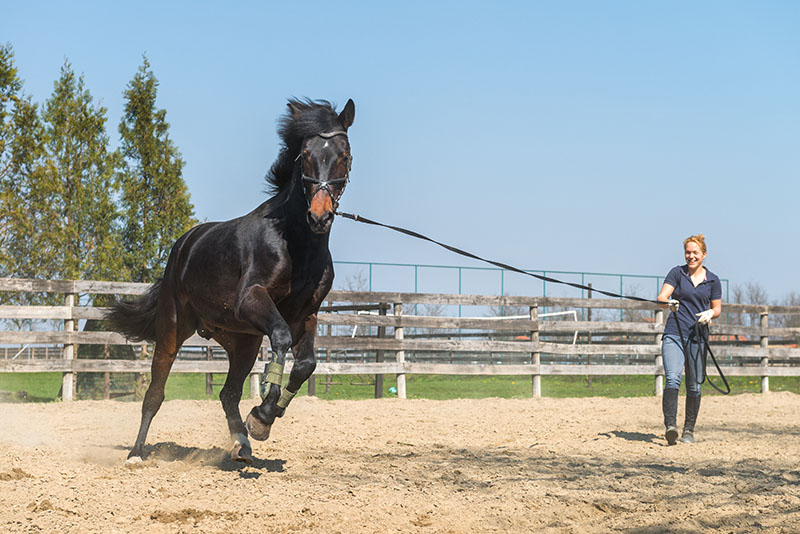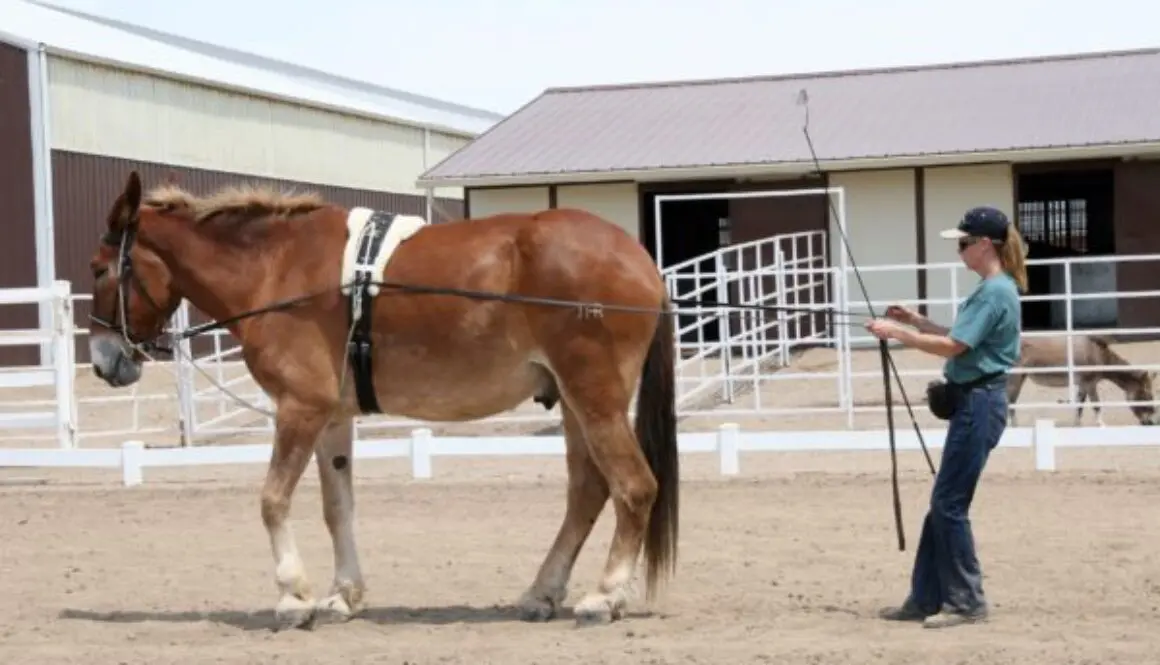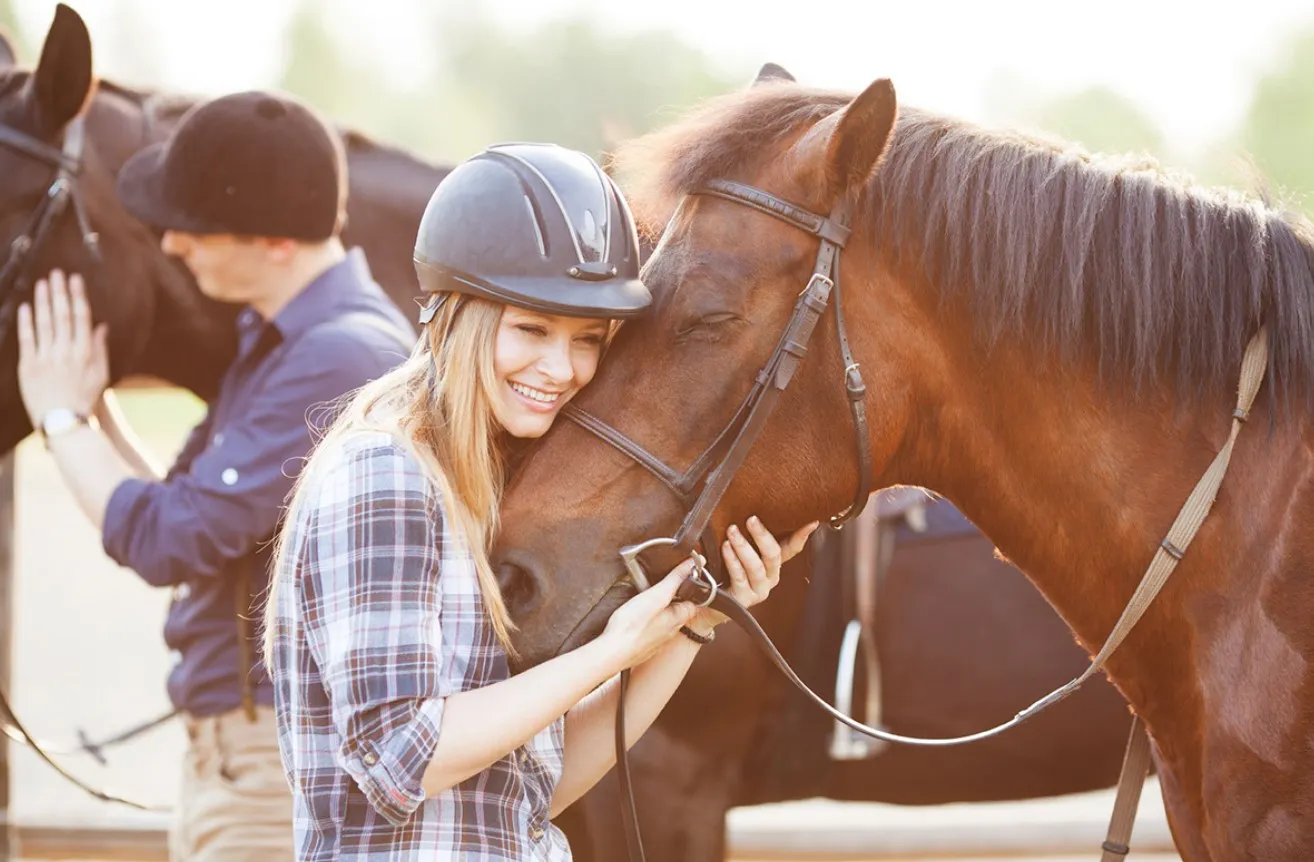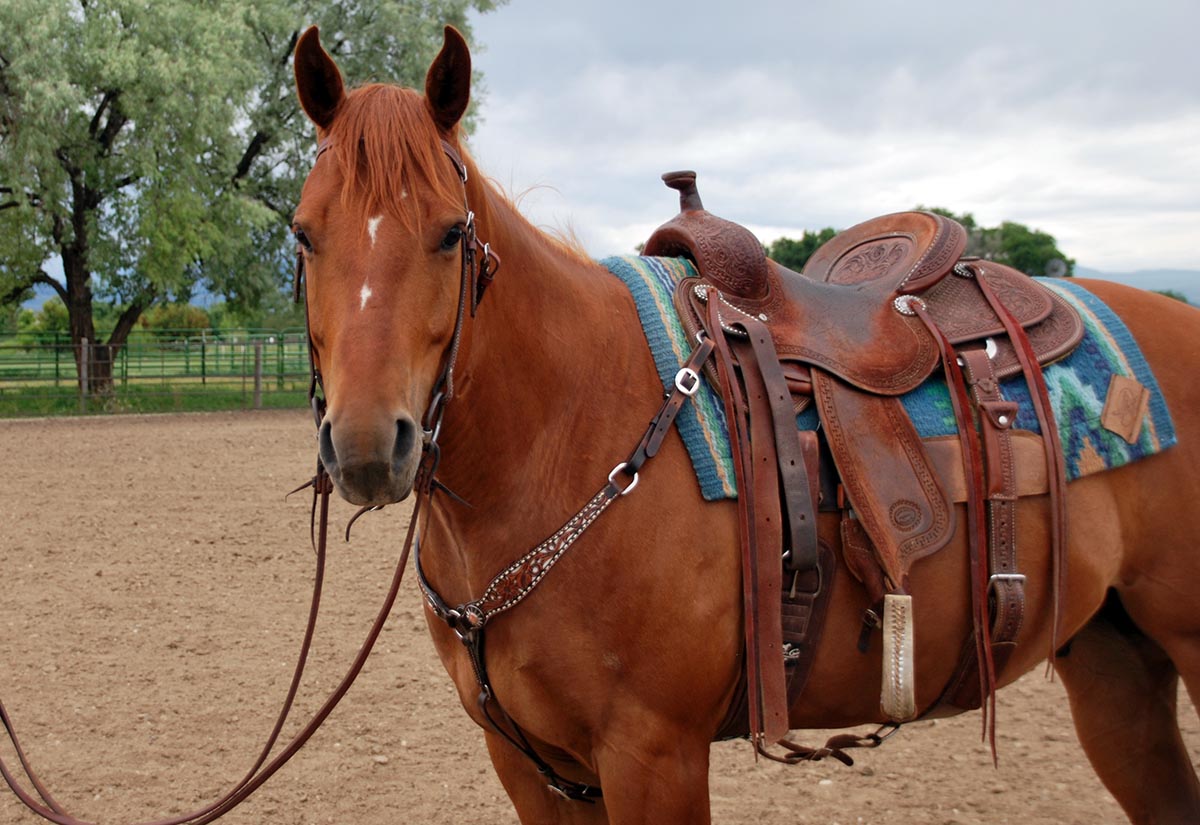Embarking on the journey of horse training can be both an exciting and daunting experience, especially for beginners. Whether it’s your first time interacting with these majestic creatures, or you’re looking to refine your skills, understanding the basics of horse training for beginners is crucial. In this guide, we will explore various aspects of training, from establishing trust to mastering basic commands, ensuring that you and your horse have a rewarding partnership.

Understanding Horse Behavior
Before initiating any training, it is essential to comprehend how horses think and react. Horses are prey animals, meaning their natural instincts are geared towards flight rather than fight. This understanding helps trainers know why horses react in specific ways and how to mitigate unnecessary stress.
Building Trust with Your Horse
Trust is the cornerstone of any successful training program. Spend time with your horse without any training agenda. Grooming and hand-feeding can create a positive bond. Learn more about training tips that strengthen trust.
Recognizing Body Language
Horses communicate extensively through body language. Understanding signs such as ear positions, tail swishing, and eye movements can help you respond appropriately, ensuring a calm and effective training session.
Setting Up for Success
Choosing the Right Equipment
Proper equipment is vital for safety and comfort. Invest in good-quality saddles, bridles, and grooming tools. Remember, show preparation includes using the right shampoos and conditioners to maintain a healthy coat.
Creating a Conducive Environment
Select a quiet, open space for training. A familiar environment reduces anxiety and distractions, allowing the horse to focus on learning.
Basic Training Techniques
Leading Your Horse
Leading is one of the first skills a horse should learn. Use a halter and lead rope, guiding the horse with gentle pressure. Consistent practice helps the horse understand and follow commands.
Mastering Groundwork
Groundwork establishes respect and responsiveness. Techniques such as lunging and yielding to pressure teach the horse to listen and react to cues. These exercises form the foundation for more advanced training.
Overcoming Common Challenges
Dealing with Stubbornness
Some horses may exhibit stubborn behavior during training. Patience and consistency are key. Gradually increasing the complexity of tasks can keep the horse engaged and motivated.
Addressing Fear and Anxiety
Horses can become fearful or anxious in new situations. Introducing new objects slowly and reassuring them through calm body language and voice can help alleviate fear.
Advanced Training Techniques
Introduction to Riding
Once basic commands are mastered, you can introduce riding. Start with short sessions, gradually increasing duration as the horse becomes comfortable with the rider.
Trail Riding and Outdoor Training
Trail riding offers new experiences for both horse and rider. It helps improve the horse’s confidence and adaptability. Ensure your horse is comfortable with basic commands before venturing outdoors.
Maintaining Your Horse’s Health
Regular Veterinary Check-Ups
Regular check-ups are crucial for preventing health issues. Vaccinations, dental care, and hoof maintenance should be part of your routine care.
Nutrition and Feeding
A balanced diet is essential for a horse’s health and energy levels. Consult with a veterinarian to create a diet plan tailored to your horse’s needs.
Additional Resources for Beginners
For those seeking more horse training knowledge, numerous resources are available. Consider enrolling in workshops or seeking guidance from experienced trainers. Online platforms such as The Spruce Pets offer valuable insights and training tips.
Conclusion
In summary, horse training for beginners involves understanding your horse, establishing trust, and consistently practicing basic and advanced techniques. With patience, dedication, and the right resources, you can build a strong and harmonious relationship with your horse, paving the way for a rewarding equestrian journey.

FAQs
What is the first step in horse training?
The first step in horse training is building trust and establishing a connection through consistent interaction and positive reinforcement.
How long does it take to train a horse?
The time required to train a horse varies, depending on the horse’s age, temperament, and the consistency of training sessions. Generally, basic training can take several months.
What should beginners avoid during horse training?
Beginners should avoid rushing the training process, using harsh discipline, or introducing too many new elements at once, as these can lead to resistance and fear in horses.
This article contains affiliate links. We may earn a commission at no extra cost to you.






